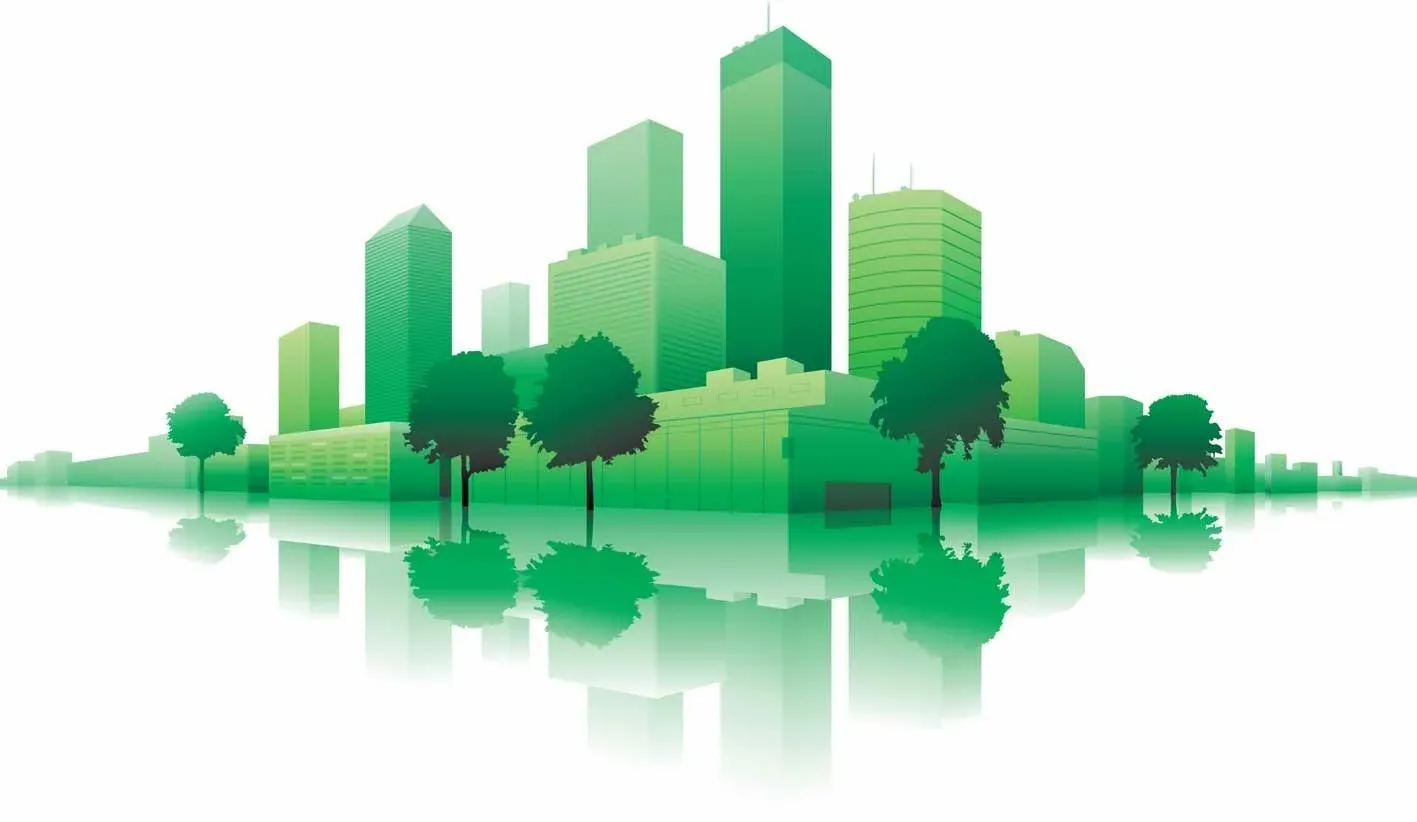In India, the real estate sector is beginning to recognize the significance of green building practices. These practices not only help in reducing the environmental impact of construction activities but also offer numerous benefits to homeowners and investors. This blog delves into the various green building practices prevalent in India and explores their multifaceted benefits.
Understanding Green Building Practices
Green building practices refer to the use of processes that are environmentally responsible and resource-efficient throughout a building’s life cycle, from planning to design, construction, operation, maintenance, renovation, and demolition. The aim is to create buildings that reduce overall impact on the environment and human health. Let’s analyse a few key practices that include:
Energy Efficiency: Utilizing energy-efficient appliances, lighting, and HVAC systems.
Water Conservation: Implementing rainwater harvesting, low-flow fixtures, and water recycling systems.
Sustainable Materials: Using materials that are recycled, renewable, or have a low environmental impact.
Waste Reduction: Minimizing construction waste through better planning and recycling.
Indoor Environmental Quality: Ensuring adequate ventilation, natural lighting, and use of non-toxic materials.
Benefits of Green Building Practices
Environmental Benefits
Reduced Carbon Footprint: Green buildings are designed to consume less energy and water, thereby reducing greenhouse gas emissions. For example, the use of solar panels and energy-efficient appliances can significantly cut down on electricity consumption.
Conservation of Natural Resources: By employing sustainable materials and efficient waste management systems, green buildings help in the conservation of natural resources and reduce the burden on landfills.
Enhanced Biodiversity: Green roofs and walls, along with the preservation of natural landscapes around buildings, can enhance biodiversity and provide habitats for various species.
Economic Benefits
Cost Savings: Although the initial investment in green buildings may be higher, the long-term savings are substantial. Energy-efficient systems reduce utility bills, and water-saving devices lower water costs.
Increased Property Value: Green buildings tend to have higher resale values due to their lower operating costs and healthier living conditions.
Attracting Investors and Tenants: With growing awareness about sustainability, green buildings attract environmentally conscious investors and tenants who are willing to pay a premium for eco-friendly spaces.
Health and Well-being Benefits
Improved Air Quality: The use of non-toxic materials and better ventilation systems in green buildings lead to improved indoor air quality, reducing the incidence of respiratory issues and allergies.
Enhanced Comfort: Green buildings often feature better insulation and natural lighting, which improve the overall comfort and well-being of occupants.
Increased Productivity: Studies have shown that green buildings enhance productivity and satisfaction levels among occupants due to healthier indoor environments and better connectivity with nature.
Social Benefits
Community Development: Green buildings often integrate community spaces and encourage social interactions, fostering a sense of community.
Education and Awareness: The promotion of green building practices raises awareness about environmental issues and encourages sustainable living among the broader community.
Job Creation: The green building sector creates job opportunities in areas such as design, construction, and maintenance of sustainable buildings.
Challenges Faced by Developers
Despite the evident benefits, the adoption of green building practices in India faces several challenges:
Higher Initial Costs: The upfront costs for green materials and technologies can be higher, deterring developers and buyers.
Lack of Awareness: There is still a significant lack of awareness and understanding of green building benefits among stakeholders.
Regulatory Hurdles: Inconsistent regulations and lack of incentives can pose barriers to the adoption of green practices.
The Way Forward:
Government Incentives: Providing tax benefits, subsidies, and fast-tracking approvals for green buildings can encourage their adoption.
Public Awareness Campaigns: Educating the public about the long-term benefits of green buildings through campaigns and educational programs.
Collaboration and Innovation: Collaboration between the government, private sector, and NGOs to innovate and develop cost-effective green building solutions.
Green building practices represent the future of sustainable development in the Indian real estate sector. While the journey towards widespread adoption may be fraught with challenges, the environmental, economic, health, and social benefits make it a worthwhile pursuit. By embracing green building practices, India can not only reduce its environmental footprint but also enhance the quality of life for its citizens, paving the way for a more sustainable and prosperous future.
